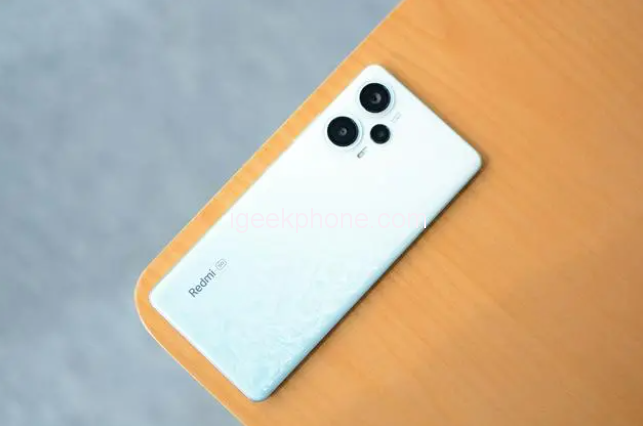Redmi Note 12 Turbo and Redmi Note 12T Pro are two models that fall within the same price range, making them suitable for comparison. While the price difference between the same storage version of these models is only around 100 to 200 yuan, the variation in screen materials results in noticeable disparities in user preference and coverage.
When it comes to core configurations, there are indeed discernible differences between the two models, although not excessively prominent.
Display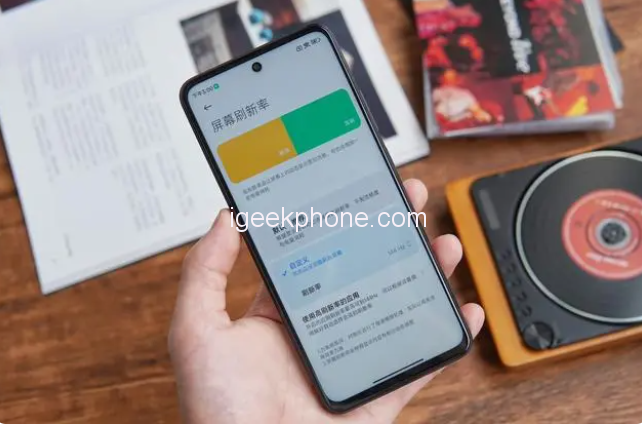
The Redmi Note 12 Turbo showcases an OLED screen with support for 12-bit color, 1920Hz high-frequency PWM dimming, and 1080P resolution. Conversely, the Redmi Note12T Pro features an LCD screen that supports 1.07 billion colors, a 144Hz refresh rate, seven-speed variable speed, and high refresh rate capabilities.
The advantages of these screens lie in their respective materials. OLED screens are lightweight, and thin, and provide high brightness with low power consumption. On the other hand, LCD screens offer certain advantages in terms of eye protection, although they are generally considered inferior to OLED. Nonetheless, there remains a significant user base that prefers LCD screens.
Hardware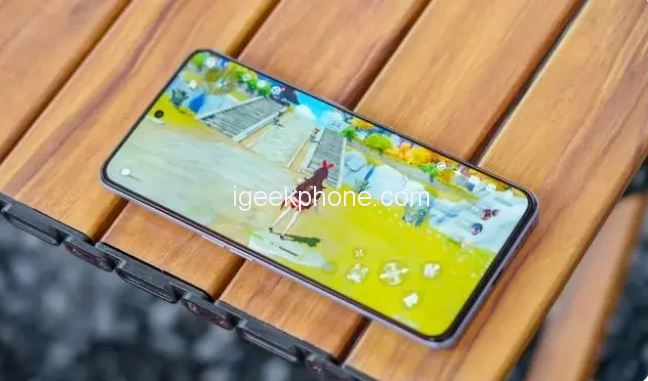
The Redmi Note 12T Pro is equipped with the Dimensity 8200-Ultra processor, known for its powerful performance. On the other hand, the Redmi Note12 Turbo features the second-generation Snapdragon 7+ processor, which boasts enhanced performance capabilities.
Both chips represent notable mobile phone SOCs in the mid-range category. The Dimensity 8200-Ultra achieves an impressive benchmark score of nearly 900,000 while maintaining relatively low power consumption. The second-generation Snapdragon 7+ processor is often hailed as Qualcomm’s reliable workhorse, offering superior stability for high-pressure gaming scenarios.
Cameras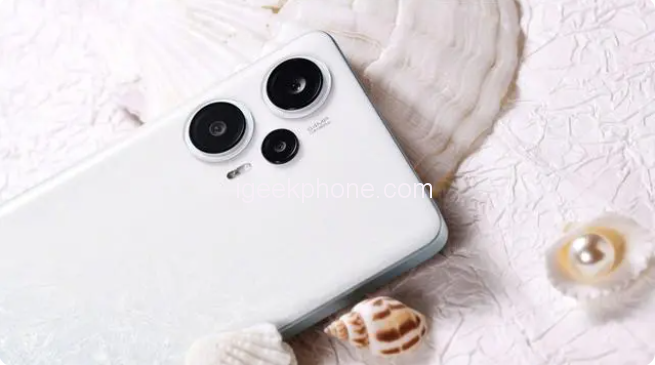
The lens modules in both models are almost identical, featuring a 16-megapixel front camera, a 64-megapixel rear main camera, an 8-megapixel wide-angle lens, and a 2-megapixel macro lens. However, the rear main camera of the Redmi Note12 Turbo supports OIS (Optical Image Stabilization), resulting in improved imaging stability.
Battery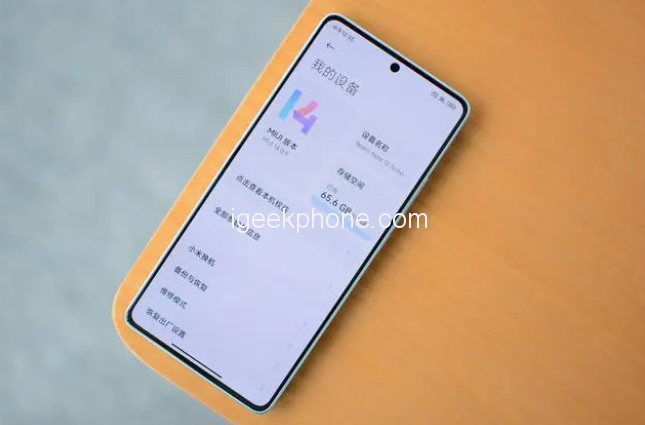
The battery capacities and charging speeds of the two models are quite similar. The Redmi Note12 Turbo is equipped with a 5000mAh battery and supports 67W flash charging. On the other hand, the Redmi Note 12T Pro boasts a slightly larger 5080mAh battery with the same 67W flash charging capability. Additionally, the Redmi Note12 Turbo has a thinner and lighter form factor compared to its counterpart.
Considering the price point, the Redmi Note 12 Turbo is slightly more expensive by around 100 to 200 yuan for the same storage version. Particularly in the sub-thousand-yuan range, this price difference has a noticeable impact. In terms of performance experience, screen quality, and imaging stability, the Redmi Note 12 Turbo delivers better overall results. Therefore, it is recommended that individuals prioritize the Redmi Note12 Turbo when making a purchasing decision.
Conclusion
In conclusion, the Redmi Note 12 Turbo and Redmi Note 12T Pro are closely matched models with similar price points. While variations in processor, screen technology, camera features, and battery capacities are present, the Redmi Note 12 Turbo outshines its counterpart in terms of performance, screen quality, and imaging stability. Considering these factors, the Redmi Note 12 Turbo emerges as the preferred choice for consumers seeking an enhanced user experience.
Read Also: Redmi Note 12 Turbo Vs OnePlus Ace 2V: Which Is More Worth Buying?
Do not forget to follow us on our Facebook group and page to keep you always aware of the latest advances, News, Updates, review, and giveaway on smartphones, tablets, gadgets, and more from the technology world of the future.










